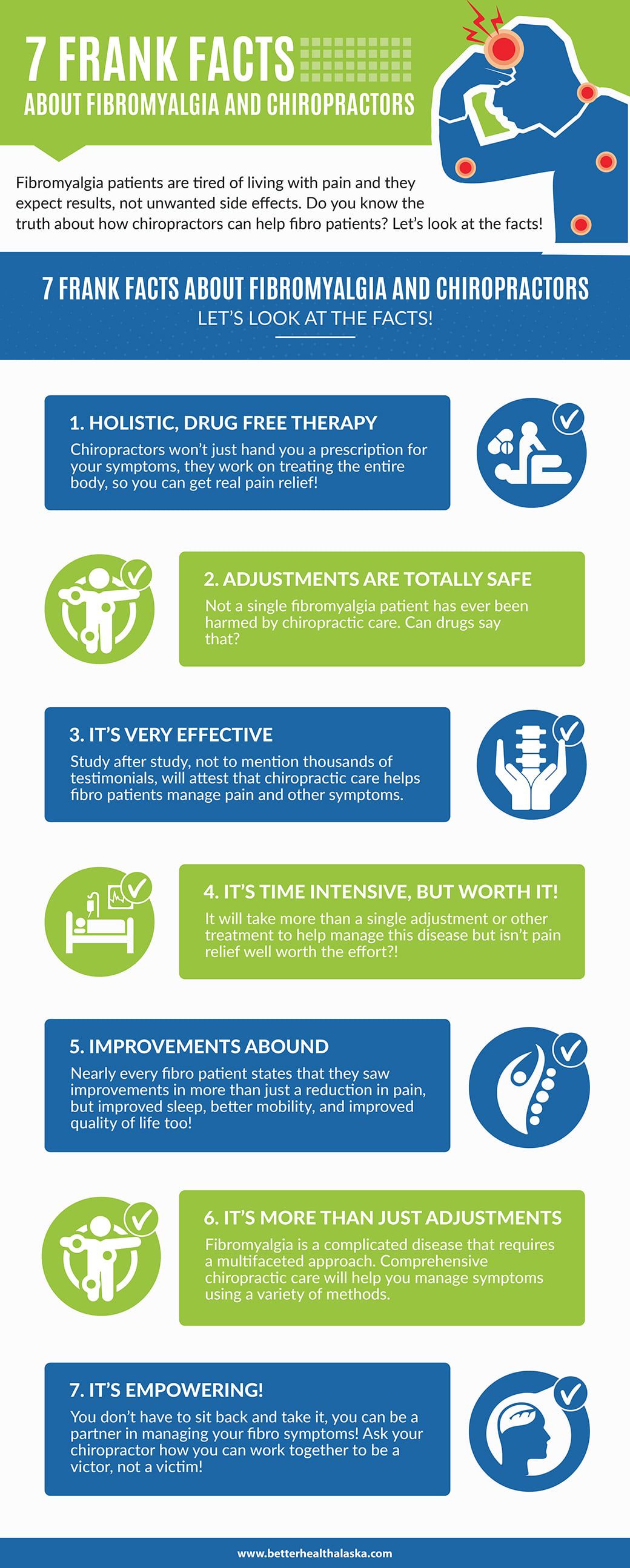The Relevance Of Chiropractic Care In Persistent Discomfort Management
The Relevance Of Chiropractic Care In Persistent Discomfort Management
Blog Article
Authored By-Raynor Mcgowan
Chronic discomfort can significantly impact your day-to-day live, making even straightforward jobs challenging. You could locate traditional therapies falling short, which is where chiropractic care enters play. By focusing on spinal placement and total body feature, chiropractic treatments aim to deal with both the physical and psychological aspects of discomfort. Yet just how exactly do these techniques work, and what advantages can they provide for your long-lasting wellness? Let's explore further.
Understanding Persistent Pain and Its Impact
Persistent discomfort can really feel frustrating, specifically when it interrupts your life and tasks. You may struggle with easy jobs, really feeling tired out and annoyed.
This consistent pain can impact your state of mind, partnerships, and overall lifestyle. It's not nearly the physical pain; psychological and psychological health and wellness typically takes a hit, as well. You may find yourself taking out from social activities or preventing workout, which can cause a cycle of seclusion and further pain.
Recognizing the nature of your chronic discomfort is essential. It's important to identify the influence it has on your life, so you can seek efficient methods to handle it. By acknowledging this battle, you established the stage for checking out solutions that can assist you restore control.
Chiropractic Techniques for Discomfort Management
Several chiropractic care strategies can effectively relieve pain and improve your quality of life. One typical technique is spine control, which realigns your back, eliminating pressure on nerves and decreasing pain.
You could likewise benefit from mobilization, where your chiropractor carefully extends and relocates your joints to boost range of motion and reduce rigidity. One more technique, soft tissue therapy, targets muscle mass tension and knots, advertising leisure and recovery.
You might likewise experience gain from restorative workouts that enhance your body and protect against future discomfort. Your chiropractic specialist might incorporate techniques like ultrasound or electrical stimulation to better reduce swelling and boost recovery.
The Perks and Scientific Research Behind Chiropractic Treatment
When it comes to handling discomfort, chiropractic care supplies numerous benefits sustained by clinical research study. You'll find that chiropractic care changes can boost spinal alignment, which might ease pressure on nerves and lower pain.
https://whentoseedoctoraftercarac49483.blogsidea.com/42032540/manage-your-back-pain-successfully-with-chiropractic-care-however-discover-the-shocking-methods-that-can-lead-to-rapid-alleviation-and-long-lasting-recuperation show that patients frequently experience decreased pain and improved movement after treatment. Additionally, https://time.com/4282617/chiropractor-lower-back-pain/ , focusing on the overall wellness of your body. Many people report boosted quality of life and reduced reliance on drugs.
In addition, chiropractic care can match various other therapies, making it a versatile option suffering management. By picking chiropractic treatment, you're not simply dealing with symptoms; you're additionally advertising lasting health and wellness and wellness, helping your body recover and operate better.
Conclusion
In conclusion, chiropractic therapies provide an all natural approach to managing chronic pain, resolving both your physical and emotional well-being. By utilizing strategies like back adjustment and soft tissue therapy, you can experience relief from discomfort and regain wheelchair. Welcoming chiropractic treatment not only helps in reducing inflammation and nerve stress yet likewise enhances your overall lifestyle. If you're battling with chronic discomfort, think about incorporating chiropractic therapies right into your wellness regimen for a much healthier, a lot more well balanced you.
